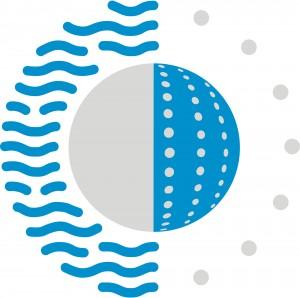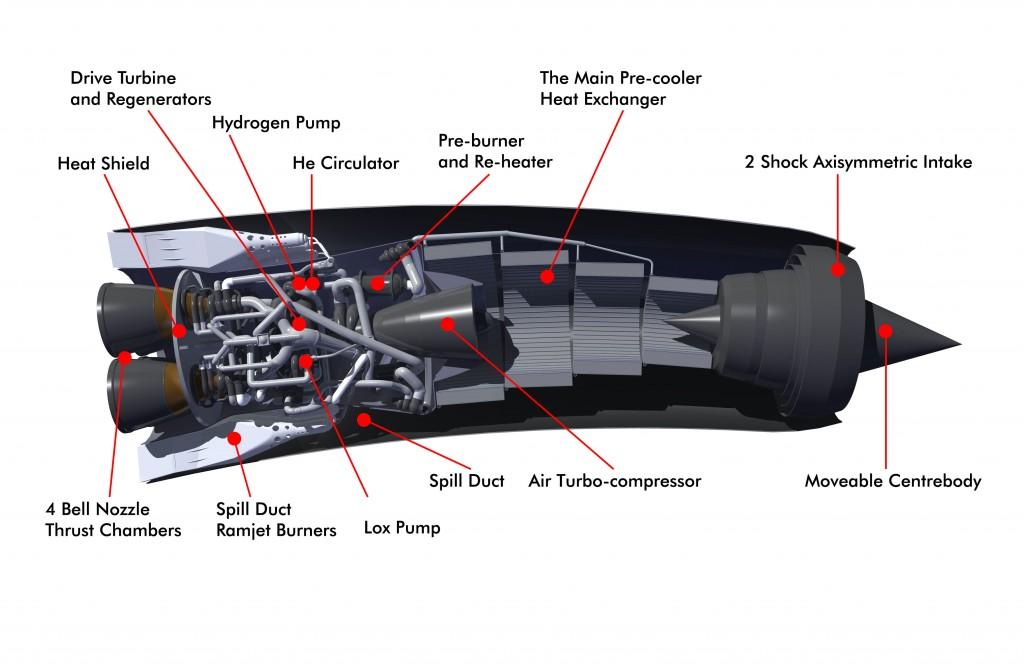 Most people associate commercialized space travel with SpaceX, but Elon Musk’s headline grabbing company is far from the only game in town, nor are they the first. Since 1989 the UK’s Reaction Engines Ltd has been developing technologies to create an air-breathing rocket engine called SABRE. Air-breathing rocket engines will allow spacecraft to reach more than five times the speed of sound, easily allowing them to break orbit without the need of breakaway rockets. And like SpaceX, Reaction Engines is making their experimental rocket possible thanks to advanced metal 3D printing technology.
Most people associate commercialized space travel with SpaceX, but Elon Musk’s headline grabbing company is far from the only game in town, nor are they the first. Since 1989 the UK’s Reaction Engines Ltd has been developing technologies to create an air-breathing rocket engine called SABRE. Air-breathing rocket engines will allow spacecraft to reach more than five times the speed of sound, easily allowing them to break orbit without the need of breakaway rockets. And like SpaceX, Reaction Engines is making their experimental rocket possible thanks to advanced metal 3D printing technology.
The SABRE engine is the key to powering Reaction Engines’ single stage to orbit Skylon spaceplane, which will be capable of launching itself into Earth orbit from a conventional airport runway. The Skylon’s SABRE engines will use oxygen pulled in from the atmosphere to propel the plane up to speeds of mach 5.4 (over 6,000 kph), where it will then switch to its reservoir of hydrogen fuel and onboard liquid oxygen. But in order for an engine to work under those atmospheric conditions, it needs to be able to cool the air stream into the engine from temperatures well over 1,000°C down to minus 150°C in less than 1/100th of a second. And it has to do that while adding only a minimal amount of additional weight to the spaceplane.
The SABRE engine needs a propellant injector system capable of injecting a precise mixture of water and methanol at specific points into the air path. This forces the water to evaporate and will rapidly cool the air. Current manufacturing techniques are completely incapable of creating an injector system with the required internal geometry that is small and light enough for the design. In order to propel the spaceplane fast enough to break orbit, the weight of the craft and the engine needs to be minimal. But new advances in metal 3D printing technology can create solid metal parts with geometries complex enough to produce injectors capable of delivering the methanol/oxygen coolant mixture correctly.
Reaction Engines is currently testing, and successfully firing, a smaller version of the SABRE engine called the STOIC engine. They have successfully fired it 15 times during their initial testing phase this spring, and the test engine does incorporate their 3D printed injector nozzle prototype. Currently the data collected during these successful tests is being used to validate their in-house computational modelling and further refine the design of the advanced nozzle. Reaction Engines is testing the STOIC engine with the help of Airborne Engineering Limited located in at Westcott Venture Park in the UK, which is the former RAF (Royal Air Force) Westcott station. RAF Westcott, and later RPE Westcott was responsible for testing and developing propulsion systems and rocket engines.
Here is a brief video of their test engine successfully firing:
“This experimental engine is an important step into a new era of propulsion and space access. We are using it to test the aerodynamics and performance of the advanced nozzles that the SABRE engine will use, in addition to new manufacturing technologies such as our 3D-printed injection system. Despite being much smaller than SABRE, this engine is still the largest bi-propellant engine to be tested at Westcott for over thirty years, and it is exciting to see the resurgence of Westcott as the centre for UK rocket propulsion research and development. The next few months will see us running the engine for much longer periods in order to explore the transition between the air-breathing and rocket modes of the SABRE’s flight – an important and challenging part of powering Skylon into space,” explained Reaction Engines’ Advanced Nozzle Programme Project Lead Dr Helen Webber.
In addition to the rocket design and testing company bringing propulsion engine testing back to the historic Buckinghamshire, UK industrial establishment, Airborne Engineering developed a test rig capable of simulating the required range of demanding atmospheric conditions needed to accurately gauge the engine and injector nozzle capabilities. Airborne Engineering is expected to continue testing throughout 2015, including several longer duration burns. They are also planning to test the transition between the air-breathing and rocket operation of the engine design.
It will still take years to develop advanced spacecraft like the Skylon spaceplane, but this 3D printed injector brings them one step closer to atmosphere to space flight using a single ship. Not only would it simply not be possible without 3D printing technology, it could have been decades before an alternative manufacturing technique was developed. Let us know what you think of the future of spaceflight on our Skylon Spaceplane forum thread at 3DPB.com.
Subscribe to Our Email Newsletter
Stay up-to-date on all the latest news from the 3D printing industry and receive information and offers from third party vendors.
You May Also Like
Further Understanding of 3D Printing Design at ADDITIV Design World
ADDITIV is back once again! This time, the virtual platform for additive manufacturing will be holding the first-ever edition of ADDITIV Design World on May 23rd from 9:00 AM –...
3D Printer Maker EVO-tech Reborn as NEVO3D — Once More With Feeling
EVO-tech was a 3D printing service and original equipment manufacturer established in 2013 and based in Schörfling am Attersee, Austria. The company produced high-quality material extrusion systems featuring linear bearings,...
3D Systems Brings 3D Printed PEEK Cranial Implant to the U.S. with FDA Clearance
For more than 10 years, 3D Systems (NYSE:DDD) has worked hand-in-hand with surgeons to plan over 150,000 patient-specific cases, and develop more than two million instruments and implants from its...
CDFAM Returns to Berlin for Second Annual Symposium
The second CDFAM Computational Design Symposium is scheduled for May 7-8, 2024, in Berlin, and will convene leading experts in computational design across all scales. Building upon the first event...



































